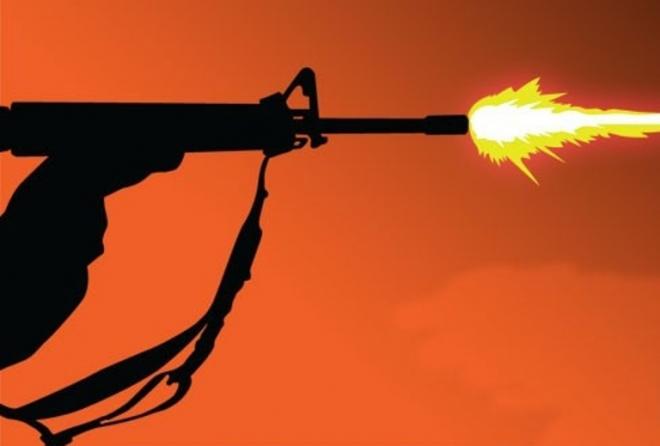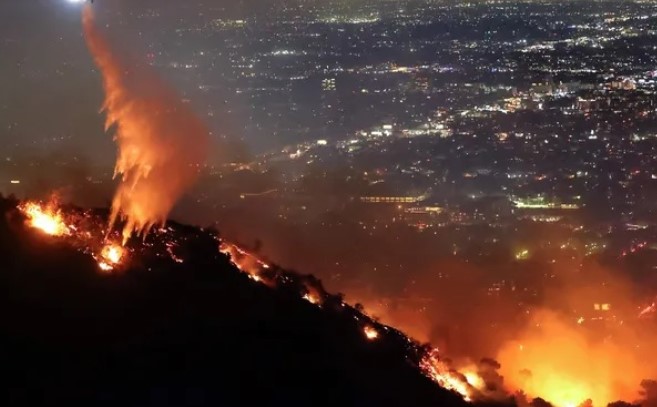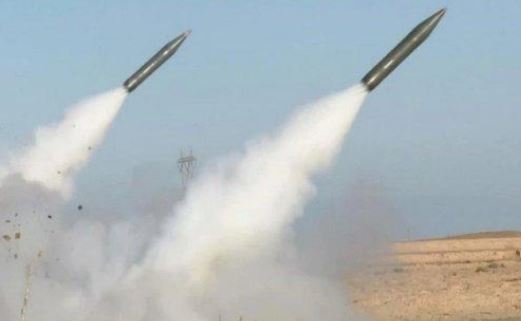
STRATEGIC ASSESSMENT. Gun crime in America is a dire national issue for which piecemeal local approaches have proven ineffective. The United States remains an outlier among industrialized nations with high levels of gun crimes where the risk of mass shootings is a normalized part of the media cycle. Similar to struggles in addressing the COVID-19 pandemic in the U.S., differing approaches taken by local communities have sometimes even been at odds with each other and failed to properly address gun crimes and related violence. There have been myriad factors contributing to the rise in gun-related violent crime in some American cities over the last two years, including so-called “pandemic stress. ” While some remain concerned that campaigns to “Defund the Police” to reallocate some government funding from police to other social services may impact the police’s ability to combat gun violence, this causal link has not been proven thus far. Moreover the widespread polarization and normalization of anti-government and anti-regulation sentiment have enhanced the acceptability of guns in many public and political spaces. The availability of the guns themselves is inexplicably left out of the discussion about the surge in gun crimes. Despite the rare bipartisan agreement on the need to combat gun crime, there is still little prospect of meaningful positive change on gun control policy in the near future. Influential pockets of American society, with significant financial resources impacting government policymaking, continue to insist that the availability of guns has nothing to do with gun crime, but rather focus on issues with individual perpetrators. This ongoing policy paralysis has contributed to the deaths of tens of thousands of Americans every year.
Large American cities with strict gun control laws, such as New York City and Chicago, are having serious issues with gun crime. This is not an indication that strict gun control laws do not work, but rather demonstrates that in the absence of national approaches such localized policies do not and cannot work in isolation from one another or as a patchwork, which can be circumvented as guns flood in from states with few regulations. For example, guns used in New York City crimes often arrive in the city via the so-called “Iron Pipeline,” the I-95 highway corridor, and other north-south highways that link Georgia, South Carolina, and Virginia—states with limited restrictions on the purchase of firearms—to northeastern states where it is more difficult to purchase such weapons. Often, critics of gun regulations then point to violent crime in these large cities as reason to jettison gun control restrictions across the country.
New York City Mayor Eric Adams recently referenced this long-documented “Iron Pipeline” when he spoke after the January 21, 2022 murder of two NYPD officers. Jason Rivera was killed on the scene and Wilbert Mora was critically wounded and later died from his injuries. Officers had responded to a domestic disturbance call and were shot by the suspect, who used a high-capacity semi-automatic pistol that had been stolen in Baltimore, Maryland in 2017. Pointing out that local gun arrests cannot stem the flood of guns into the city, Mayor Adams asked, “How are we removing thousands of guns off the street, and they still find a way into New York City, in the hands of people who are killers?” He has asked for federal help in stemming the flow of illegal guns across state borders. It is illegal to purchase guns for other people unless declared, known as “straw purchases,” and federal agencies such as the Bureau of Alcohol, Tobacco, Firearms and Explosives (ATF) investigate these crimes, but the sheer numbers of gun sales makes prosecutions mere blips in the overall trend.
Separately, the recent hostage crisis in Colleyville, Texas, where UK national Malik Faisal Akram terrorized hostages at the Congregation Beth Israel synagogue, has raised questions about the availability of guns in the United States, How did Akram, who has a criminal record in the UK, a history of mental illness and was known to the intelligence services, manage to travel to the US and procure a gun, reportedly “on the streets”? The case highlights the comparative ease of getting guns in the country and raises concerns about how more prospective attackers might exploit these opportunities.
Localized gun regulations have no chance of effectively addressing gun crimes in the absence of consistently applied national measures, and longstanding federal inaction on gun control has left the U.S. in a permanent epidemic of gun violence. Making matters worse, massive numbers of legally-purchased guns are stolen each year, often left in unlocked vehicles or residences, further contributing to concerns of high-powered weaponry in the hands of criminals. The scattershot nature of crime reporting data further obfuscates the issue. As a result of interpretations of the 2nd Amendment advanced y powerful lobbyists and politicians, there is widespread resistance even to reasonable gun control legislation. This is especially the case where access to guns has been conflated with narratives of government intrusions on civil liberties and promoted by anti-government groups. Legal gun ownership itself is protected by the Second Amendment of the U.S. Constitution, though the debate around regulation usually focuses on issues of access, such as background checks or licensing of prospective owners, or the types of guns available to civilians, and not the question of ownership itself. Increasingly, long-standing local restrictions are being challenged and overturned in federal courts, to include the U.S. Supreme Court. The current legal trend indicates likely further weakening of existing gun control infrastructure. Combined with years of record gun sales in the U.S., a pandemic that has heightened feelings of isolation and anxiety, and increased polarization and violent rhetoric accompanying a rise in racially and ethnically motivated violent extremism, this indicates an uptick in violent gun crimes, perpetuating the indefinite cycle of avoidable death and destruction (TSC).





